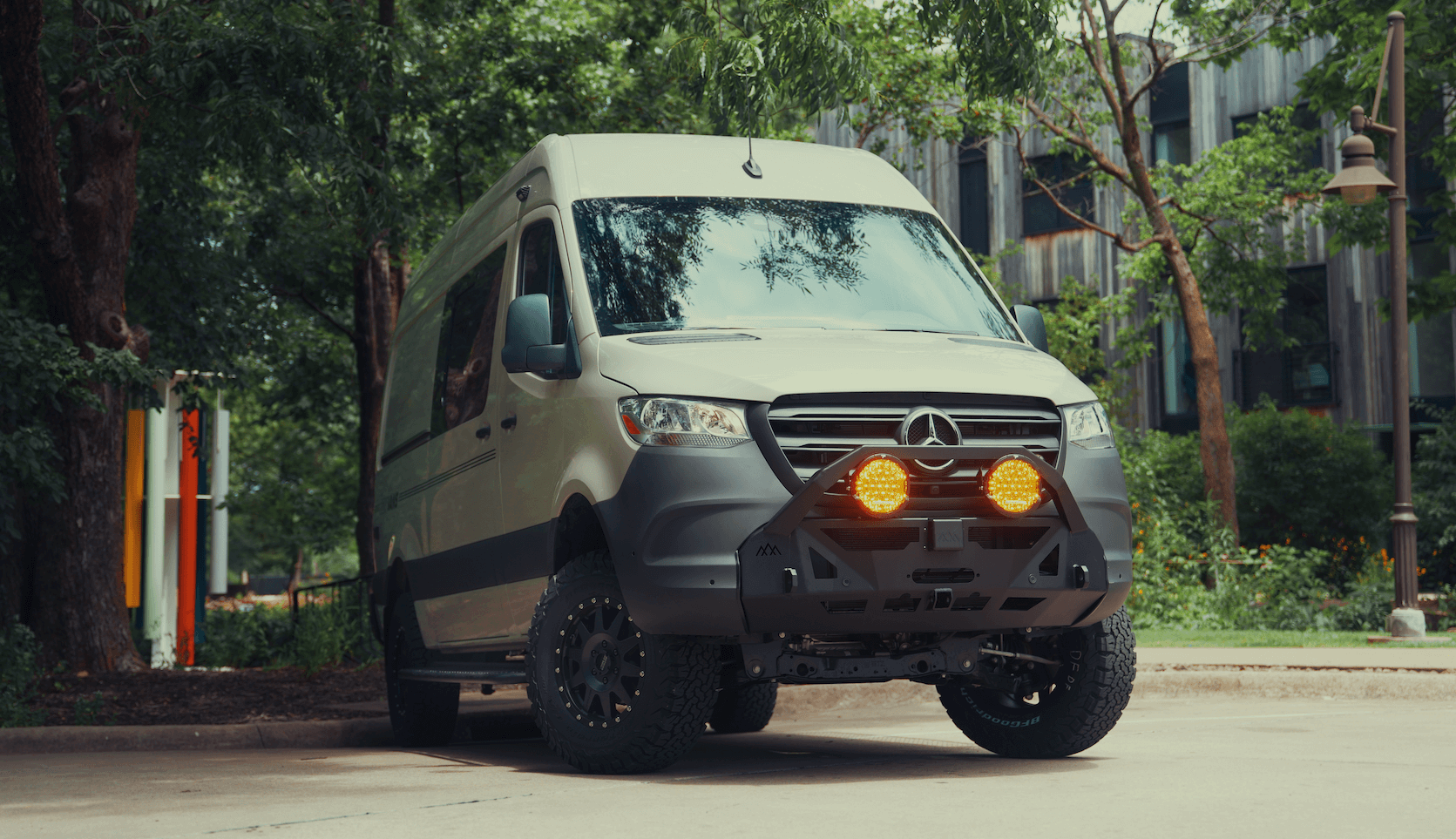Recreational Vans

Choosing the right tank insulation thickness starts with physics and ends with context. Tanks lose heat through their walls, fittings, and supports, and the colder and windier it gets, the faster that loss happens. Your goal is simple: keep the fluid above a target temperature and avoid condensation on the outer surface. Thickness is your resistor. Material choice, airflow, and installation quality decide how well that resistor performs.
Several variables define the sweet spot for tank insulation thickness:
The common sizing path is to estimate heat loss and compare it to what your heating source or stored heat can support. Engineering standards like ISO 12241 and practical condensation checks can guide the math. In mobile scenarios, add a wind factor for highway speeds and a safety margin for nights when the mercury drops farther than forecast.
These are related but different targets. Condensation control ensures the outer surface temperature stays above the dew point of surrounding air. In mild climates, a thin layer of closed cell foam with an intact vapor barrier may be enough to stop sweating. Freeze protection needs more thickness and sometimes active heat. If you only size for condensation, you can still freeze the tank in a cold snap. Decide which outcome you are preventing, then size accordingly.
R value per inch varies by product. Rather than chase a number, match the material to the environment. Underbody tanks deal with road spray, gravel, and wind; flexible closed cell jackets with a tough outer skin survive best. Interior tanks can use board stock or a custom foam enclosure with fewer durability tradeoffs.
Think in tiers, then tailor:
These bands are starting points. Driving at highway speeds in ten degree air can triple convective loss. Parking on snow soaks heat out of the system. Add margin if your travels include those conditions.
You can ballpark thickness using a simple approach:
You do not need perfect math to benefit. The act of estimating reveals weak points like uninsulated fittings and flimsy enclosures that deserve attention.
A well insulated tank is part of a system. Plumbing lines, pumps, and filter housings should live inside the protected volume or receive the same level of care. Heat trace belongs under the insulation and must be rated for the pipe material and intended temperature.
As you turn concepts into a rig that works in real weather, integrated design matters. If you want help translating tank insulation thickness into a full, road ready system, explore our Recreational vans and see how complete layouts keep water flowing in all seasons: Recreational vans.
We design insulated tanks as part of complete thermal packages. That means choosing the right foam, sealing every seam, isolating brackets, and enclosing underbody tanks behind serviceable panels with heat when required. Our team balances thickness against space, payload, and maintenance so the solution is practical, not just theoretical. If you want a one stop plan that considers sleeping areas, power, heat, and water together, start here: Custom build van.
For clients who prefer a platform that finances easily and can be delivered with a proven spec, we also offer packaged rigs where the water system, insulation, and heating are already aligned. See what platforms are available: Mainstream vans.
The right tank insulation thickness is not a guess. It is a decision shaped by climate, airflow, material behavior, and install quality. If you are ready to turn that decision into reliable performance on the road, we can help. Our builds protect water systems in real weather with proper thickness, sealed vapor barriers, insulated fittings, and smart heat. Share your routes, temperatures, and storage plan, and we will design a system that keeps water moving when it matters.
What we do:
Start the conversation and roll into your next season prepared.
Ready to stop guessing on tank insulation thickness and get a system that works in real weather? OZK Customs designs and builds insulated tanks, heated enclosures, and full adventure van systems that hold temp on the road. Tell us your climate, storage location, and travel style—our team will spec the right materials, thickness, and thermal controls for a worry free season. Start your build plan now and roll out with confidence.
ADDRESS:
6159 E Huntsville Rd, Fayetteville, AR 72701
PHONE:
(479) 326-9200
EMAIL:
info@ozkvans.com